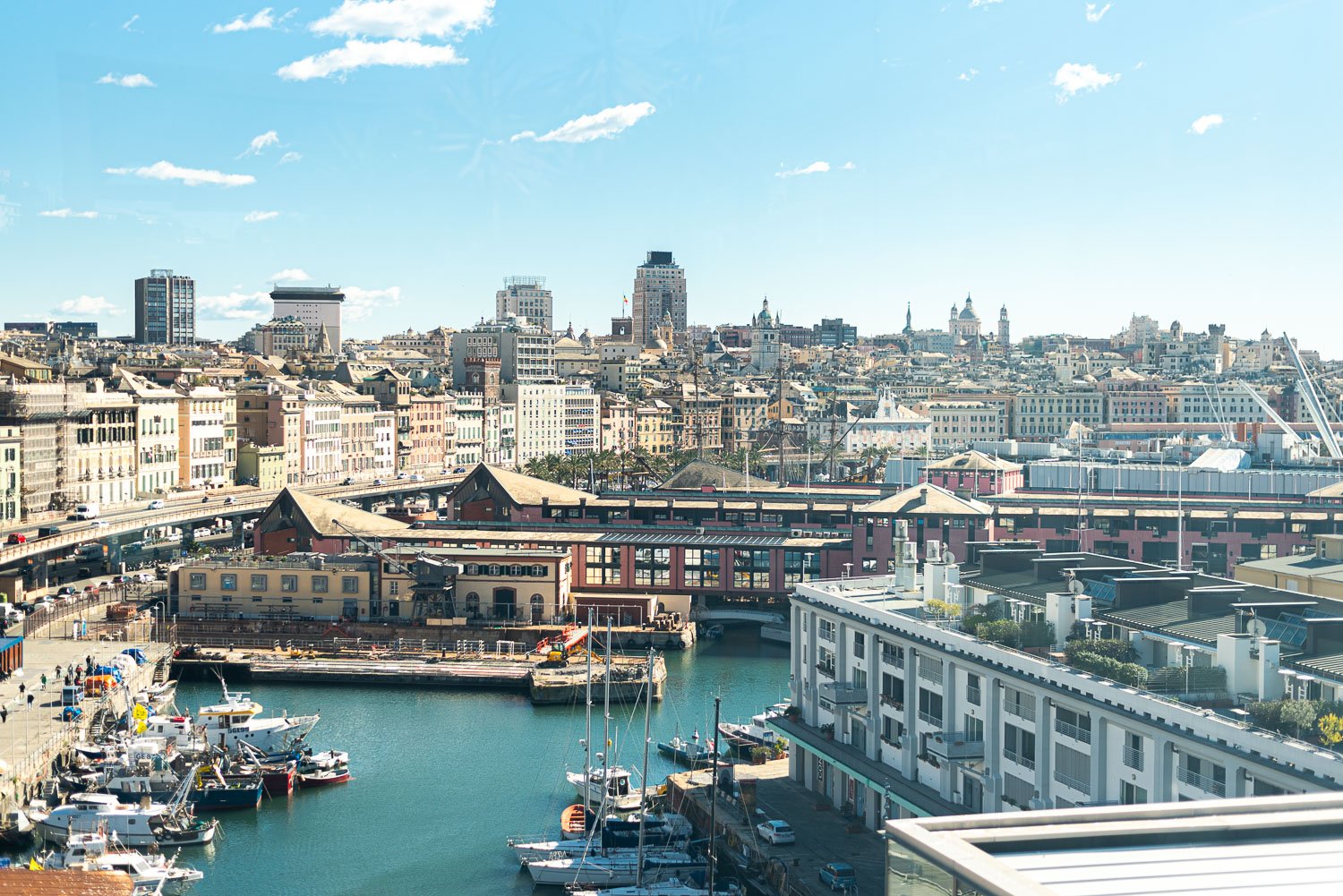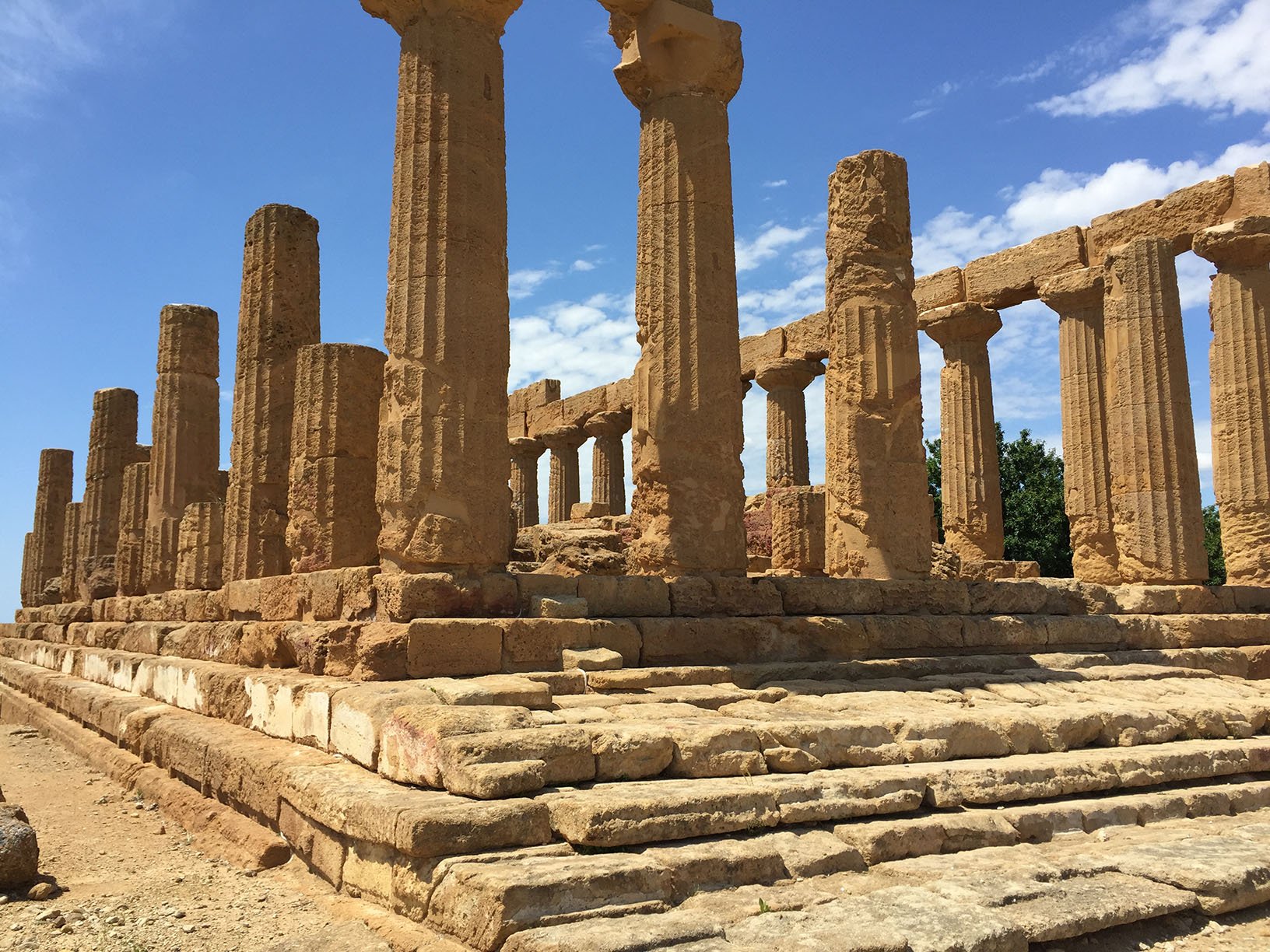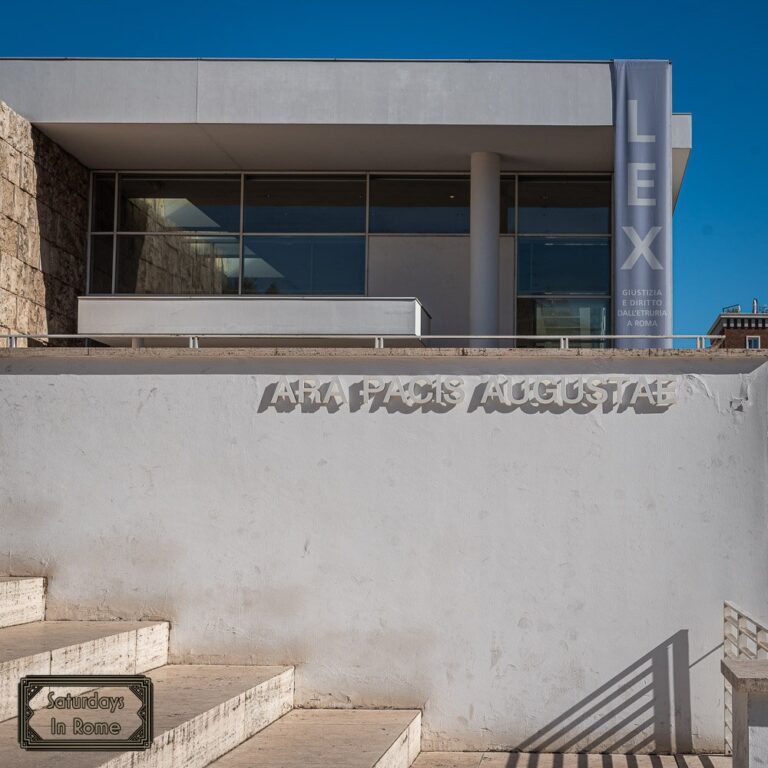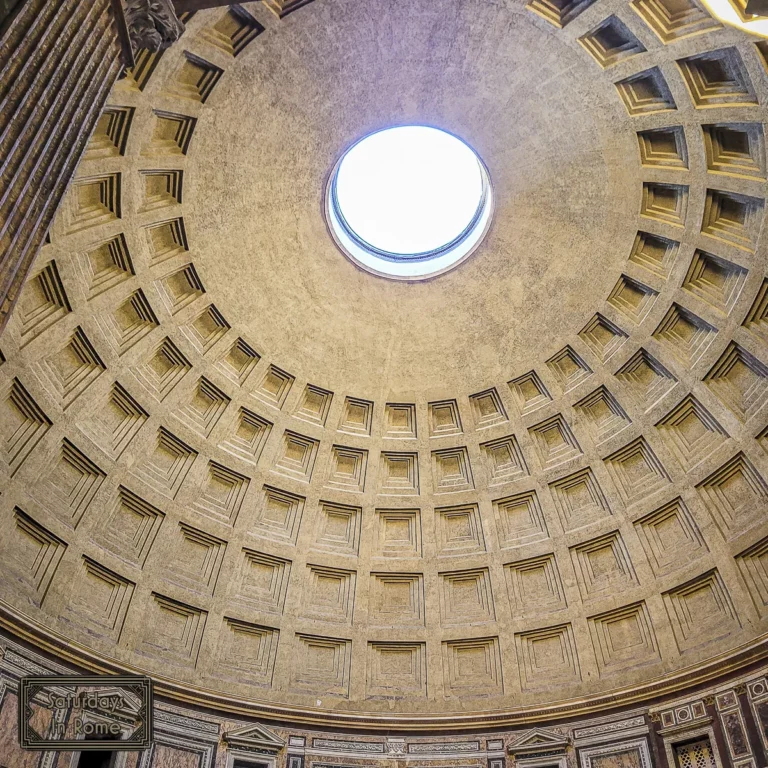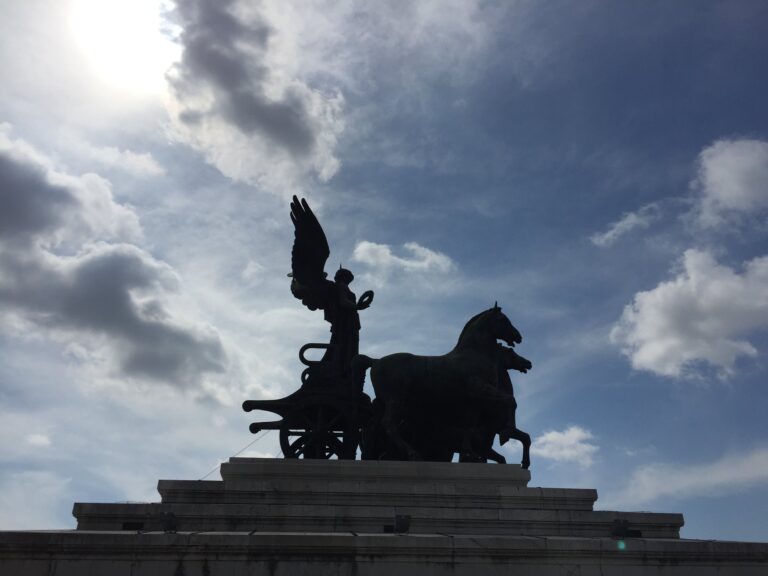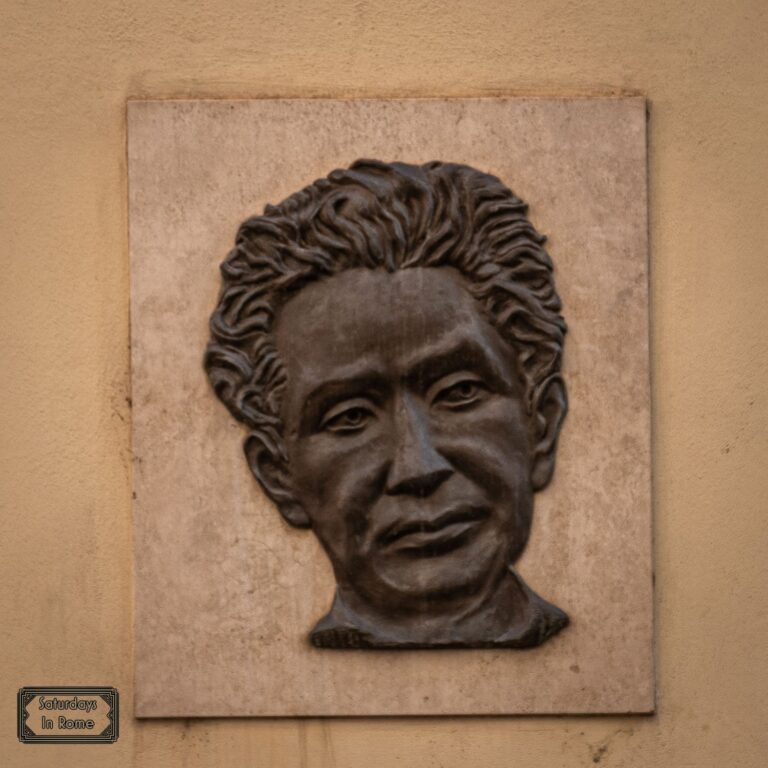The North Vs South Italy Cultural Differences Are Important
Learn about the north vs. south Italy historical differences that are deeply embedded economic, healthcare and cultural disparities that are across the country.
Reflection of Lamp in Puddle in Venice, which is definitely North
When you talk to someone from the U.S. about the differences between the north and the south of Italy, it might be a one sided conversation along the lines of: “They use butter up north and olive oil down south.”. This isn’t exactly wrong, but kind of limited. With regards to Rome, I’ve asked northern Italians if Rome is in the north or south and they have made it clear that from their perspective, Rome is practically North Africa.
When I spoke to a Sicilian about Rome, they felt like it was no different than Germany. Even among Italians there isn’t really a consensus about the north/south divide, and I wanted to give a little more background on these differences so you can make up your own mind.
Need Help Planning?
- Cheap Flights: Find The Most Affordable Flights.
- Accommodations: From 1 to 5 Stars And More.
- Car Rentals: Affordable Travel Across Italy.
- Sightseeing Tours: Explore Some Amazing Tours.
- Buying An eSIM: Stay Connected In Italy.
This post includes affiliate links.
Italian Historical Background
Prior to the unification of Italy, southern Italy was influenced by Greek colonization, and Norman, Moor and Byzantine conquests. It was largely feudal and overwhelmingly agrarian and because of that, it was not positioned to take advantage of the industrialization being experienced in the north.
Starting from unification in 1861, Italy has been characterized by a strong North vs. South divide. This growing economic divide between the north and the south of Italy became evident enough that in the early years of a unified Italy, the lack of effective land reform, heavy taxes, and other economic measures imposed on the south led many to chose to emigrate rather than try to continue struggling to make living, especially from 1892 to 1921, when my family came to the U.S.
Northern Vs. Southern Italy Immigration
As I mentioned above, my family was part of the mass migration from southern Italy to the U.S. in the period after Italian unification. Between 1880 and 1924, more than four million Italians immigrated to the United States, with the majority leaving the desperate economic conditions in southern Italy and Sicily.
Genoa is SO north, it is practically France
The new generation of Italian immigrants was different from those that had come before. The vast majority were farmers and laborers looking for a steady source of work. There were a significant number of single men among these immigrants, like my ancestors, and many came only to stay a short time. Within five years, between 30 and 50 percent of this generation of immigrants would return home to Italy, where they were known as ritornati. My family experience was a back and forth approach. They would come to the U.S. to earn some money, return to be with your family, then repeat. This cycle stopped when they decided to bring the entire family and remain in the U.S. permanently.
Literacy In North vs. South Italy
Prior to Unification in 1860, illiteracy rates on the Italian peninsula averaged 75%, with the lowest level of 54 % in the north and the highest in the south, where illiteracy reached 87%. In other words, There were huge regional disparities. In 1871, for instance, northern Italy had literacy rates of 68%, while in southern Italy they reached just 12%
Following the country’s unification, the Casati law established a mandatory and free-of-charge nationwide elementary school system. There is agreement that the educational reform was effective in raising the basic educational level of the population with literacy rates in Italy doubling in the period of 1871-1911. Today, the literacy rate in Italy is more than 99%, but there continue to be variations across regions.
Rome is in the North or South of Italy, Depending on Who You Ask!
Language And Dialects Of Italy
There are dialects all over Italy, including the Roman dialect, which includes the north and the south. Tuscan, Naples, Sicily, Veneto, Liguria, Sardinia and Puglia all have distinct dialects. While this could hinder a sense of unity, the nationally required Italian language classes in schools creates more of a bilingual approach to the language.
One odd thing I’ve learned is that, despite the preponderance of people that claim Rome has a dialect, I’ve been told by multiple language instructors that this isn’t true. The difference is accent, speed and a wide variety of idiomatic expressions. Regardless, it does make it a bit more challenging to understand.
Economies And Employment Of The South And The North Of Italy
Large-scale land reform was not implemented in southern Italy until 1946. The Cassa per il Mezzogiorno was a development fund for the south which was established as a separate ministry of the Italian government in 1950 and received funds from the parliament to invest in the social and economic development of southern Italy, Sicily, and Sardinia.
The standard of living and per capita income of southern Italy continues to lag behind that of the north. A growing economic divide between the northern provinces and the southern half of Italy has been evident for a long time.
Northern Vs. Southern Italy Average Salaries
Based on the historical challenges I’ve described above, studies continue to show differences in the average salary between the north and the south. By some studies, as much as a €4k difference. Keep in mind that there are also differences in the cost of living between the regions, so for me the difference in pay is less important than the rate of employment, which also quite heavily favors the north.
Sicily is SO far south, it used to be part of Greece
Italian Healthcare In The North Vs. South
My experience with Italian healthcare has been eye-opening, with most administrative and organizational powers governed by Regions and more limited powers at national level. The state has full control over the definition of the core benefit package, but these services vary greatly across regions and are influenced by the budgets at the local level.
Conclusions On Italian Culture
Yes, there are quite a few differences between north vs. south Italy and they need to be addressed by the Italian leadership. Having differences in the quality of healthcare and employment opportunities, as well as Sicily and the Mafia, isn’t something that the southern Italians should put up with. The fun stuff, like differences in food and language, show how diverse the country really is.
If you would like to read more about Italian culture, check out these articles:
- Health And Wellness In Rome Made Simple.
- Finding A Dentist In Rome, Italy Shouldn’t Be Stressful.
- These Self-Care Tips For Rome Will Make Travel Amazing.
- Enjoying Early Morning Rome Can Help With Your Insomnia.
- The Best Spots For Running In Rome Are Easy To Find.
- Rome’s Train Station Has Pharmacies To Keep You Healthy.
- Pickleball In Italy Is Waiting For You And Here Is Where.
- Living La Dolce Vita Is Easier Than You Might Think!
- Why Is The Life Expectancy In Italy Higher Than In The US?
- Using Pharmacies In Italy Is Simple With This Guide.
- How To Get A Tessera Sanitaria In Italy – Requirements Guide.
- My Experience With Italian Healthcare Has Been Eye-opening.


